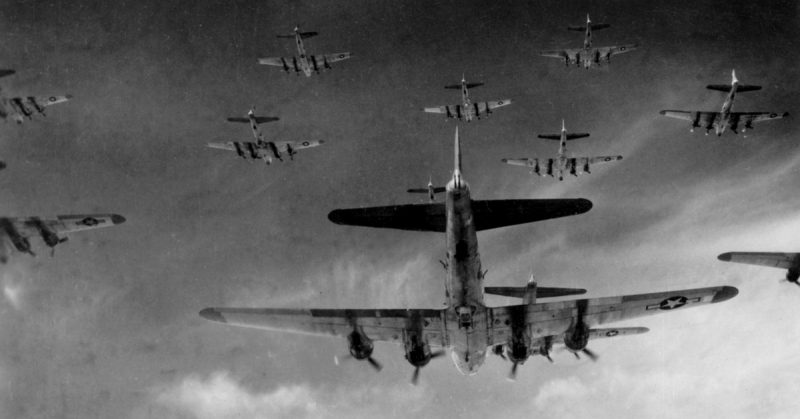I had the wonderful opportunity in May of this year to participate in the National WWII Museum’s Masters of the Air Tour of 8th Air Force historical locations in England. This was the second time the Museum had offered this special tour, which was both conceived and led by Donald L. Miller, author of Masters of the Air, the definitive history of the 8th Air Force in WWII.
The tour was designed by Dr. Miller to give participants a broad picture of the 8th Air Force in WWII, starting with a visit to the Churchill War Rooms in London, and eventually moving to the local pubs where the ‘Bomber Boys’ of the 8th Air Force drank their beer when off duty.
I was traveling with a friend and major contributor to this document, Paul Clifford, with whom I have been attending the National WWII Museum’s 70th Anniversary of World War II Conferences in New Orleans since those conferences began in 2011. When Paul and I arrived in London and met our fellow tour participants we found good people who also had interests and backgrounds that related to the tour’s goals.
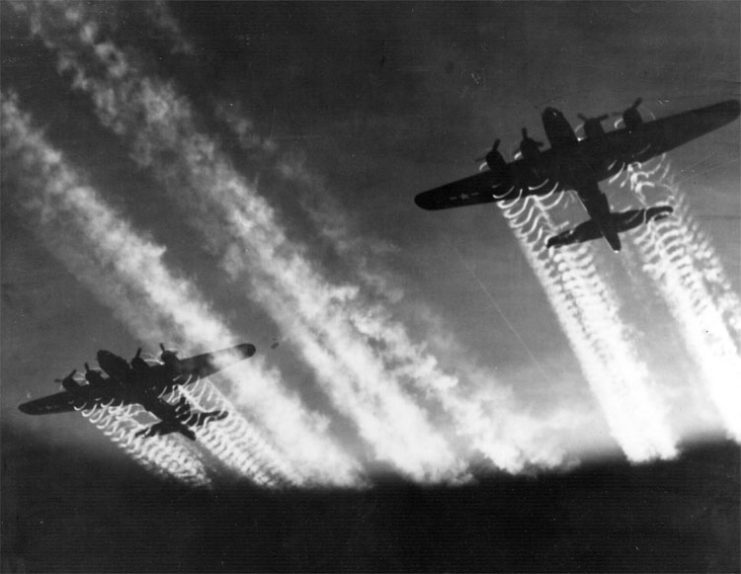
The Flick family, mom Judy, daughter Gena and son John were remembering their husband and dad, Captain Chester Flick, a pilot in the 427th Squadron of the 303rd Bomb Group. Chester was awarded the Distinguished Flying Cross during his tour with the 303rd in May-July 1944, a time of such heavy combat for the 303rd that he completed his combat tour, plus one additional trip, for a total of 36 missions, in only 42 days!
Dr. Joe Ciotola and his wife, Linda were looking forward to visiting the site where Joe’s dad had been a senior non-commissioned officer in the 100th Bomb Group. Penny Linsenmayer, an attorney from Texas, was doing research for her upcoming novel on the famous American “Red Cross Girls” who served at all the 8th Air Force bases bringing coffee, donuts and smiles to the 8th cadre of flying personnel and support troops.
Susan Jowers had a very special story that began as we assembled and remained part of our tour from start to finish. George Liao and Howard Bethel, avid students of military history, and Michael Dickert, a professional pilot with a deep interest in aviation, rounded out our fellow travelers. Don Miller’s 15-year-old grandson, Austin, had the good fortune to travel with his grandfather on the trip.
As a former junior high school history teacher, I found it interesting to watch how Austin reacted to comments and various activities with the view of a young teenager to whom WWII is ancient history, while most of us were from the generation who had listened to our parents speak of WWII events with the experience of having lived through those years.
Maddie Ogden was our “Local Cultural Guide,” another term for the lady in charge of details, problem solving, and herding her tour participants from one location to another, in our “coach” (we were told it was not a bus). As our leader and historian-in-charge, it was Don Miller who ensured that we knew the story behind all of our stops on the tour.
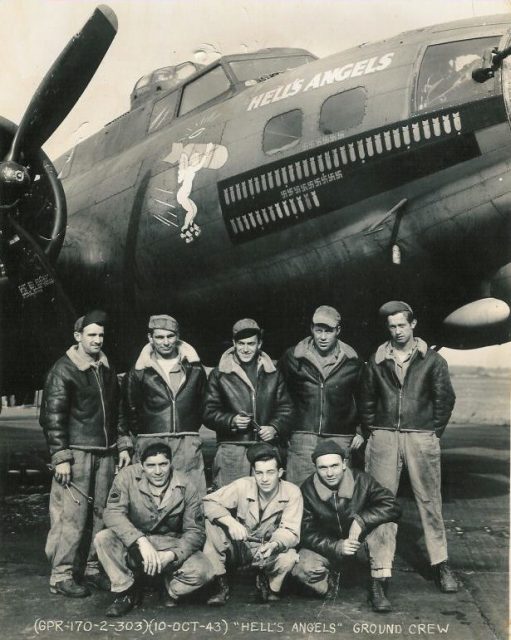
Writing about our entire adventure would take a great deal more space than this article allows, so I am limiting my focus to what I considered the highlight of the entire trip, our visits to the three WWII USAAF base locations, Thorpe Abbotts, Horham and Snetterton Heath, which had been the homes of the 100th, 95th and 96th Bomb Groups between 1943 and 1945.
While Maddie and Don had told us that the members of the Bomb Group organizations at each location were looking forward to our visits, none of us were prepared for the highly emotional, and uniquely different, receptions we would receive at the three locations.
Our first stop was Thorpe Abbotts, which had been home to one of the first, and more well known, of the B-17 groups to arrive in England in the summer of 1943, the 100th Bomb Group. The Ciotolas were particularly excited about this first stop, as Joe told us, that his dad, Joe, Sr. – a law student who enlisted after Pearl Harbor – had been the Maintenance Shop Superintendent in the 456th Squadron of the 100th for the entire time that the 100th was at Thorpe Abbotts from 1943 to 1945.
As we emerged from our coach it seemed as if every resident of the town of Thorpe Abbotts was there to welcome each of us with big smiles, handshakes, and what we Americans called “British Hospitality.” We immediately knew we were among friends!

Our arrival at Thorpe Abbotts was almost chaotic as we tried to react to the overwhelming welcome. Joe and Linda were immediately engaged with the local historians as the rest of us were making new friends on a minute by minute basis.
Soon the major conversations began to calm down and we started to have individual dialogues with our new friends, many dressed in WWII 8th Air Force casual uniforms, including uniform caps with a “50-mission crush” and A-2 leather jackets. One of our hosts, Mike Nice, took me into a workshop where he is restoring a B-24 ball turret.
During our discussion we found out that we had mutual friends in the WWII turret restoration field – a small group of individuals, to be sure. After speaking with Mike I met Ron Bately, who introduced himself and began to explain the compound that surrounded where we were standing. Ron is essentially the “Base Commander” and knew what he was talking about.
I was wearing a shirt with the B-17 City of Savannah restoration crest and Ron asked me what it represented. When I told him of my connection with the National Museum of the Mighty Eighth Air Force as the project manager for the Museum’s B-17 restoration, he asked if I knew General “Buck” Shuler. I told him that I knew General Shuler as one of the founders of the Museum and that I considered the General to be a friend.
Ron immediately took me by the arm and steered me into a nearby restored WWII Nissen hut that houses the group’s museum, and began telling me the story of when General Shuler, then Commander of the 8th Air Force, had visited Thorpe Abbotts on March 7, 1990, to present the 100th Bomb Group Memorial Museum organization with a letter of gratitude and an inscribed plate for the work they were doing to preserve the history of the 8th Air Force.

Ron and several of the other senior members of the group remembered, quite fondly, that General Shuler had arrived in “flight gear” rather than in a formal uniform, something that had particularly impressed the group, enough so that it was mentioned several times during the conversation. If you ever visit Thorpe Abbotts you might want to mention “Buck” Shuler’s name – it will make you a friend of everyone in the room.
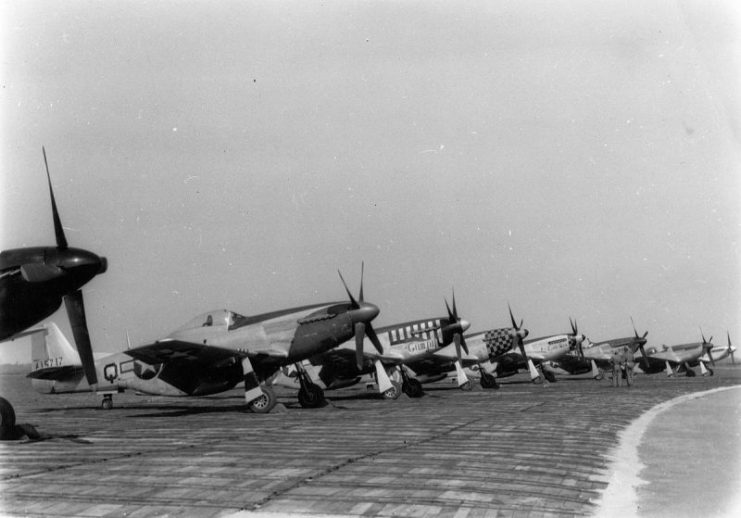
Following my discussion with Ron, I was introduced to a man by the name of Tony Mark. As various conversations were being held I was intrigued by the story that Tony was telling, and became involved in his description of life in Thorpe Abbotts during WWII. When he realized my interest, he invited me on a special journey that will always be an important part of my memories of that day.
Tony took me to the top of the Thorpe Abbotts control tower and pointed across the large open area that had once been an intersection of the runways at the base. “Do you see the top of that house between the trees,” he asked, as I followed where he was pointing. I could see the top of a house, maybe a mile in the distance. “That house is where I was born and raised,” he told me.
“In the mornings, as a young boy of about seven years, I would watch and count the bombers as they took off on their mission, before I left for school, and then I would count them again when I came home from school and they were returning from their mission.”
Tony spent the next twenty minutes describing his boyhood during the period between the arrival of the 100th Bomb Group in 1943 and its departure in 1945. The young Americans of the 100th Bomb Group were his heroes and obviously remain so today.
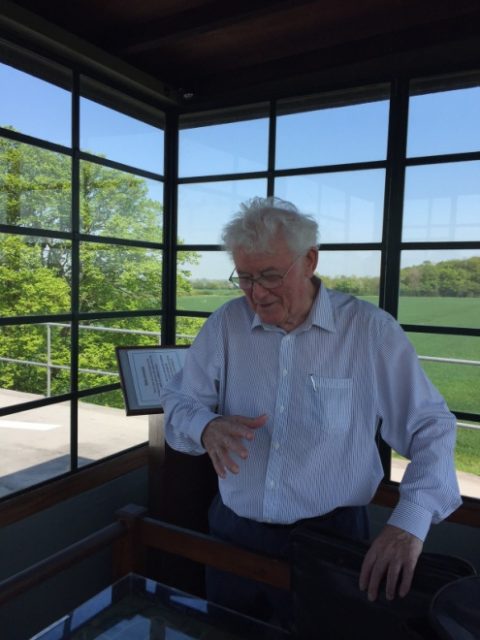
Tony told me a story that on several occasions over the next half an hour nearly had both of us in tears. He vividly remembers how excited everyone in his village was on June 7, 1943, when the B-17s of the 100th Bomb Group began to arrive at Thorpe Abbotts.
Seventy-three years later he still recalls the noise of the arriving bombers. He described how he stood at his bedroom window with his mother, watching the bombers circle and land.
He counted how many bombers were landing, something he would do for the next two years, and anxiously awaited “his” bomber, the one assigned to the hardstand that had been built only yards from his family home. Eventually “his” bomber did taxi into the hardstand and park.
He read the name on the nose, Squawkin’ Hawk, and hoped that he would get to know the bomber’s crewmen. His wish came true. He became friends not only with the original crew but eventually their replacements.
The Squawkin’ Hawk was the first of the original B-17s in England to survive 50 missions – two full combat tours at that time – and was later flown back to the United States to conduct a war bond tour. (Considerable material can be found on the internet regarding the history of the Squawkin’ Hawk.)
One event he mentioned several times was that with all the excitement surrounding the arrival of the 100th his mother had told him, “Tony, what you see today will be history tomorrow.” He always followed his mother’s comment with the words, “And she was right!”
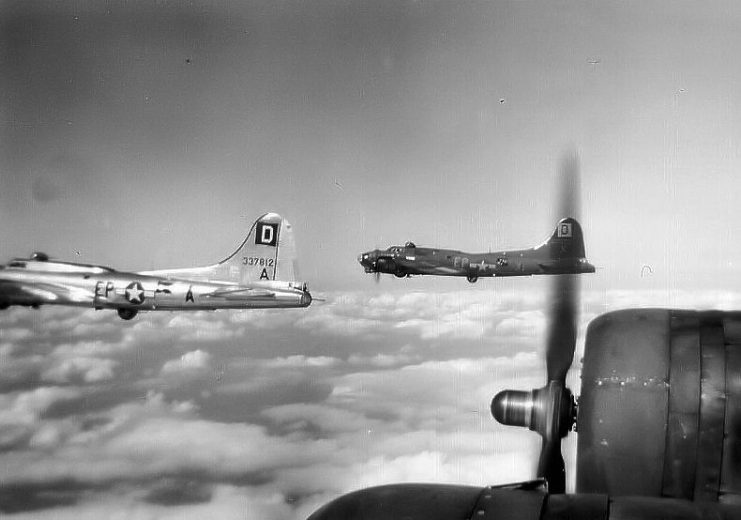
Following Tony’s animated description of the arrival of the 100th, his voice became lower and he began to tell me of the months that followed, during late 1943 and into 1944, when the 100th suffered dreadful losses and were given the nickname “The Bloody Hundredth.” He described how he would count the planes leaving, and then was saddened by the smaller count he made when they returned.
Of those that did return, he described, “Some would come home with enormous holes in them, some with parts missing, and some with engines not working. It was quite frightening.” He told me how the local children learned that if an approaching B-17 fired flares as they turned into their final approach to Thorpe Abbotts, it meant there were wounded men aboard requiring immediate medical attention. He also described how some of the bombers would not make it to the runway but would crash in the surrounding countryside.
“There would be great plumes of smoke and fire as well as the noise of the sirens of the firefighters.” The intensity of his childhood memories was evident in his voice as he described the crashes of the bombers near Thorpe Abbotts, and how his fondness for his American friends would be overcome by apprehension and fear – a difficult memory to be absorbed by a seven-year-old, that was still evident almost eight decades later.
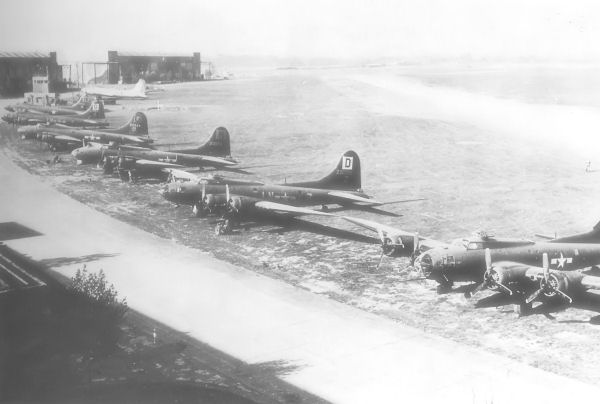
After describing the pain of watching the bombers crash and burn, Tony paused for several moments and then continued with more pleasant memories, telling me of the Christmas parties the Americans held for the local children in 1944 and 1945, and how he proudly carried his own “pass” to cross a portion of Thorpe Abbotts to attend school.
Finally, his mood changed totally, as with obvious sadness he told me about the change his world endured when the Americans departed – not just as individual crewmen, which often happened during 1944 and early 1945, but entirely, in the fall of 1945. “Once they were gone it was so quiet,” he stated, “and there was so much left behind. Local people just came along and helped themselves. A new life had begun.”
He told me how he watched the grass and weeds grow high on the base, and that local farmers began to cultivate the soil between the concrete runways, taxiways and hardstands. His final comment before we departed the control tower was to remind me of what his mother had told him on the day the 100th arrived: What he had seen, had indeed become history.
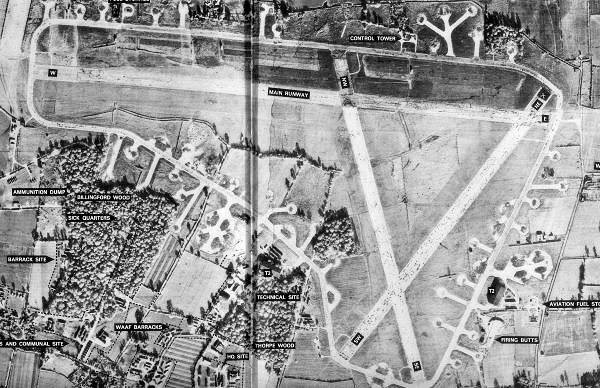
Mesmerized as I was with Tony’s story, I had lost all track of time. I heard calls from below the tower for our group to assemble and board the coach. As soon as we came down from the tower we were told that our visit at Thorpe Abbotts was ending. Tony disappeared and returned with a manuscript which he told me covered more of his life, not just the years 1943-1945 and his relationship with the 100th Bomb Group airmen.
I accepted the manuscript from Tony and promised him that I would share it with my friends at the Mighty Eighth Air Force Museum and the 8th Air Force Historical Society when I returned to Savannah. Tony Mark had provided me with a most powerful and dramatic lesson in first-person history.
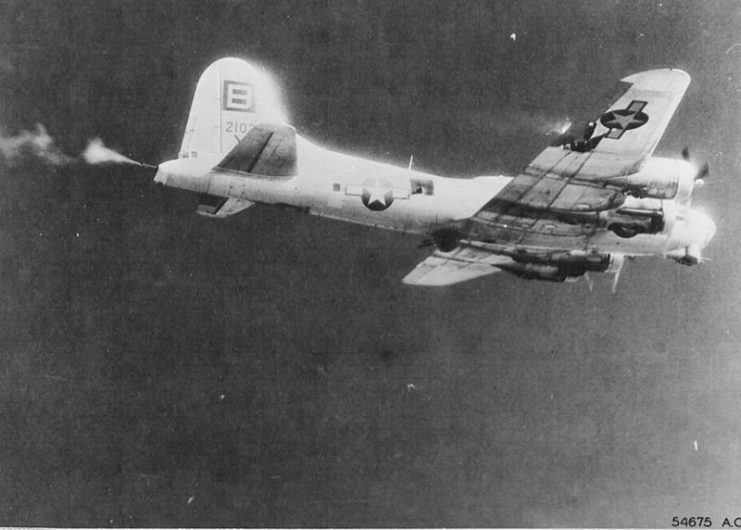
The trip from Thorpe Abbotts to Horham, where we would meet our hosts from the 95th Bomb Group, took about 20 minutes. Everyone on the coach seemed to be talking at once. Joe and Linda Ciotola were the center of attention. Joe was absolutely ecstatic to have been connected with his father’s WWII history and had made some very good friends during our visit. Everyone else was also sharing their experiences. It seemed that we had all been adopted by a person, or persons, as I had been by Mike, Ron and then Tony.
Penny Linsenmayer told a wonderful story of how one of the locals had described to her that a bomber would occasionally take off in the middle of the day, be gone for several hours, and return with gallons and gallons of ice cream that had left the ground as basic materials, been mixed and frozen at high altitudes, and then returned to earth and distributed to the local children. We had all experienced an emotional beginning to what would continue to be an amazing day.
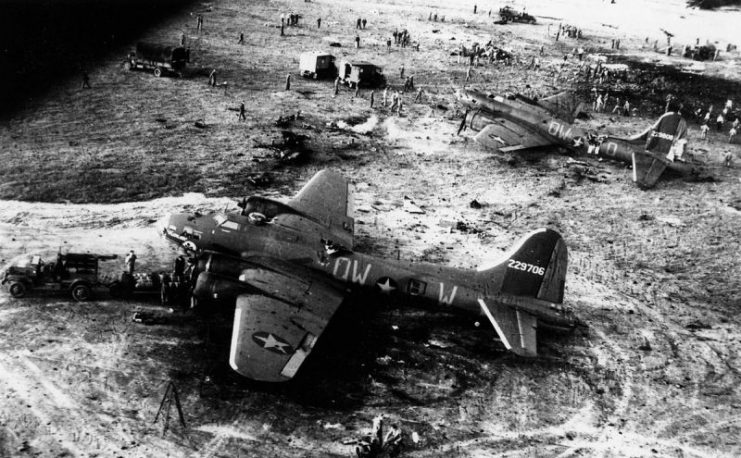
When we arrived at Horham what we saw was totally different from Thorpe Abbotts, as would be our greeting and visiting time with our 95th Bomb Group hosts. I think we all expected to see another one of the classic control towers, surrounded by individuals standing about in casually dressed military garb. Well, the dress code was the same, but the overall picture was very different. Our new 95th friends were almost in a military formation as they greeted us when we left the coach. There was no control tower, and while they were all smiling, they did not break formation.
When we were out of the coach, the man standing in the center of the formation, James Mutton, the Chairman of the 95th Bomb Group Heritage Association, welcomed us to Horham in a light, but formal, manner. Then he invited us to follow his group into the compound of small huts known as the Red Feather Club – and what a club it turned out to be! The formality of our arrival disappeared as soon as we entered the club, and the special jovial side of the Horham group emerged – they are party people!
Once again, my City of Savannah logo was noted and I was soon talking with James and Mike Agar, telling them that I had two friends from the National Museum of the Mighty Eighth Air Force in Savannah who were going to be very interested in our visit to the 95th. First I told them about Bud Porter, who had flown as a ball turret gunner in the 95th, and then John O’Neill. John’s dad had been a tail gunner in the 412th squadron.
When these names were mentioned the reaction was similar to that when I had mentioned General Shuler at the 100th. Mike immediately went into research mode and shortly thereafter I was provided with a large glass of beer and pictures of Bud and of John’s dad. They were particularly excited that John’s dad had been part of a well remembered crew, who had become Pathfinders and the first B-17 crew to fly over Berlin, on March 4, 1944.
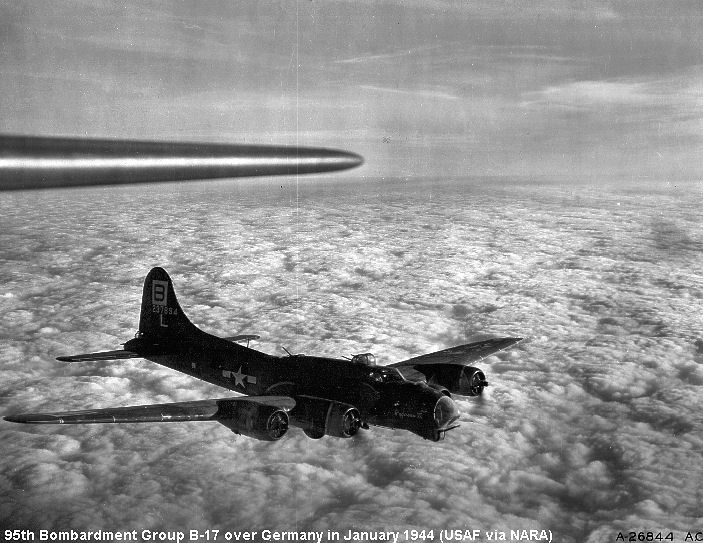
While we were talking, there was a sudden commotion and most of the people in the room headed for a door from behind which came a blast of 1940s “swing” music. It turns out that a major portion of the social action at the Red Feather Club is dancing to swing music – in period dress if possible. As a historian by nature and education, and a tone deaf terrible dancer, I was caught between wanting to see what was going on in the next room and the one-time opportunity to talk with James and Mike.
My historian gene won out, and I waved to my museum tour colleagues as they followed the crowd to the dance floor in the next room, while I continued my discussion with James and Mike. They resumed their history lesson by telling me that the buildings on the base had been nearly destroyed in the years following the departure of the 95th in 1945. In 1981 a group known as the Friends of the 95th bought the buildings and began to repair them.
In 2000 a new group was formed, the Horman Airfield Heritage Association, a group of local residents, who like their neighbors at Thorpe Abbotts, remembered their WWII heroes from America and began an effort to restore what had been known, when Bud Porter and John O’Neill, Sr., were in residence, as the Red Feather Club. Then the fun really began.

The group decided to honor the 95th by restoring the former NCO Club/Mess Hall, which still had original paintings on the walls done by WWII artists from the 95th cadre, as the centerpiece for the 95th memorial to include not only the Red Feather Club, but a library and visitor center.
I thoroughly enjoyed my conversation with James and Mike, particularly the spirit that they showed for their on-going adventure with the Red Feather Club. I told them that I appreciated their spirit because it matched that of the volunteers on the City of Savannah restoration project, and that we shared the same ultimate mission – to honor the veterans of the 8th Air Force who fought in the skies over western Europe in WWII.
During our conversation, one of the group, who was wearing his “suntan” khakis, a 50-mission crush hat and an A-2 jacket, brought over another round of beers for the table and shook my hand. I thought that I remembered the face and outfit from our Thorpe Abbotts visit and asked him which organization he called home. He gave me a big smile and introduced himself as Glenn, home-based at Horham with the 95th. “OK,” one of the group said, as everyone smiled, “Now tell Jerry the full story about your name.”
Glenn explained that he had been born in a local town during WWII to a Mr. and Mrs. Miller. It seems that the Millers could not help but name their new son “Glenn” in honor of the American bandleader who was so popular in England at that time. Then Glenn did something that has apparently become a tradition for him at 8th Air Force related events – he brought out a copy of his birth certificate! Yes, the document stated that the man was named Glenn Miller!
Everyone at the table took great delight at hearing the story – yet again – and we drank a toast to both Glenn Millers! What a great group of people!
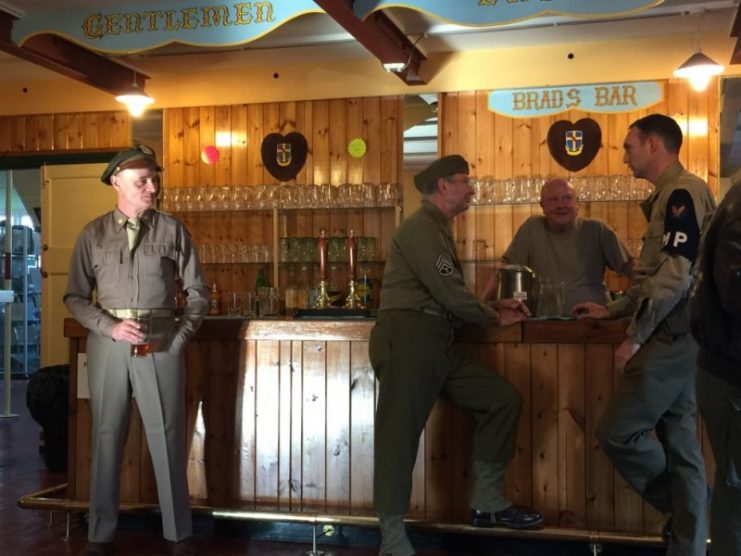
It was no easier to depart from Horham than it had been from Thorpe Abbotts, particularly with the music still playing, and the bar still open. Somehow Maddie got us all back on the coach and we departed Horham for our hotel in Cambridge, where we would have time to think about the unique events that had made up our day visiting with a very unique group of English patriots. New friends with a history and appreciation for what our fathers and grandfathers had done in service to both of our countries in WWII.
The following morning we visited the Duxford Air Museum facility and then made the final stop on our tour of 8th Air Force Bomb Group WWII historical sites. This stop was by far the most subdued and emotional for all of us, but particularly for one of our group, Susan Jowers. A brief explanation of why the solemn mood: When we gathered together for the first time in London and were introducing ourselves, Don Miller arrived with very sad news.
The single WWII 8th Air Force veteran who was to share the tour with us, Mel Rector, had passed away shortly after arriving in England the previous day. One can imagine our shock! Mel had served as a radio operator in the 338th squadron of the 96th Bomb Group in 1944-45. Susan and Mel had become friends when Susan was working as a volunteer in Florida with the Space Coast Honor Flight organization that brings WWII veterans from Florida to Washington, DC, to visit the National World War II Memorial on the National Mall.
Mel told Susan that he had never returned to England since he left in 1945, and had always wanted to visit his WWII base at Snetterton Heath. Susan, who through her efforts with the Honor Flights program, had become well acquainted with supporting veterans on trips, told Mel that she would be glad to be his escort on a trip to England, and so, the two of them had signed up for the Masters of the Air tour.
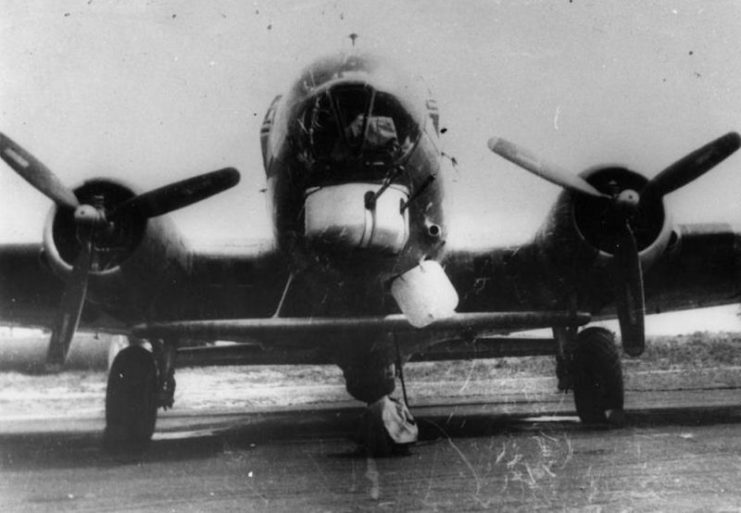
In addition to the sorrow that Susan had to endure over losing her good friend, the logistics and legal aspects of the situation were significant. Despite the challenges, and not wanting to be alone while waiting for those issues to be resolved, Susan completed most of the tour with us, as the bureaucratic, legal, and logistical issues associated with Mel’s death were completed.
The first stop on our visit to the 96th Bomb Group home at Snetterton Heath was at St. Andrew’s Church in Quidenham, near to where the main gate of the base was located from 1943 to 1945. When we disembarked from the coach we were met by a wonderful gentleman by the name of Geoff Ward. Geoff is the Secretary of the local 96th Bomb Group Memorial Association, and would guide us on our tour of St. Andrew’s, which, we would learn, had become an important part of the 96th Bomb Group history in England.
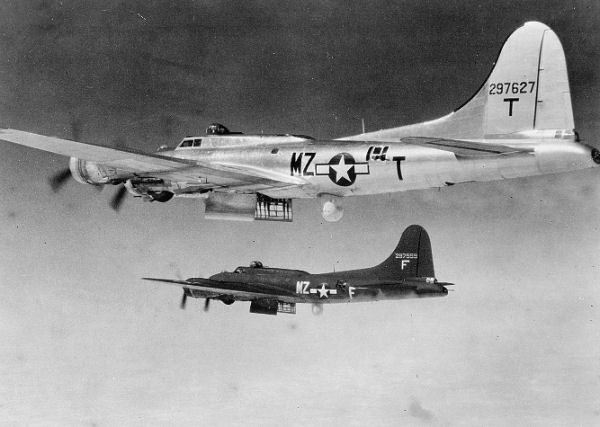
It wasn’t until we entered the church and Geoff began to tell the story of the 96th’s relationship with St. Andrew’s that I learned there was an unexpected story, a story that I related to personally, with regard to the church. Having been associated with the National Museum of the Mighty Eighth Air Force for more than a decade I am very familiar with the Museum’s chapel and its magnificent stained glass windows.
When entering St. Andrew’s, which was originally constructed in the 12th century, I was amazed to see a stained glass window with a picture of Jesus and a WWII USAAF crewman. Further, it then came to me that the same window can be seen in the Mighty Eighth’s chapel! I immediately asked Geoff if I was right about having seen the same window in Pooler, Georgia, and he smiled, “Ah, you know about that window,” he said.
Then he told me two stories. First, of how the original window, depicting Jesus welcoming an 8th crewman into heaven had been commissioned and installed in April of 1944, under the sponsorship of the 338th Squadron’s Flight Surgeon, Captain Herbert Allen, and several other officers from the 96th, symbolizing that the church had, during WWII, been “a part of America in England.”
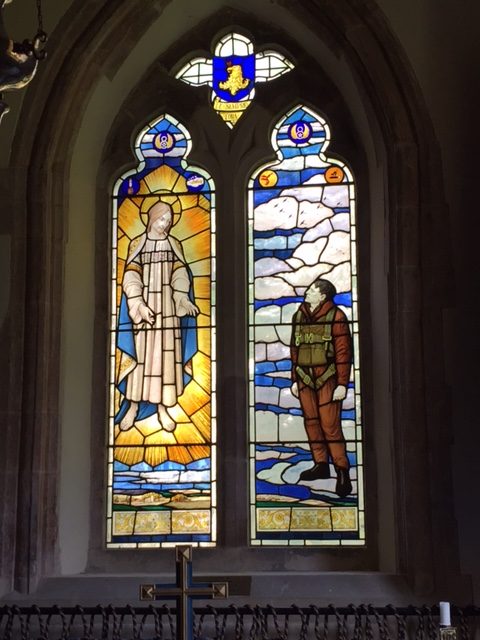
The second story concerned the window that I was familiar with in Georgia. Geoff told me that when the Mighty Eighth had built its chapel several 96th Bomb Group veterans had provided financial support to include having the window from their beloved St. Andrew’s replicated in the Mighty Eighth Museum’s chapel.
Geoff explained that many of the 96th’s airmen had worshiped at St. Andrew’s and that several had married local girls, with the ceremonies taking place in the church. His description of the weddings between the local girls and the American airmen seemed to register with all of us – perhaps because of the wonderful experience we were having with our new British friends. As we walked back to the coach the group began discussing the marriages of the Americans and their British brides.
Don Miller got a great deal of support from the group when he suggested that it might be appropriate to include a wedding at St. Andrew’s in the script of an upcoming TV mini-series based upon his book Masters of the Air. All of us enthusiastically agreed – several even volunteering to appear as extras in the church congregation. Penny Linsenmayer mentioned that St. Andrew’s might also find a part in her novel as a wonderful place for an American Red Cross girl to marry her 8th Air Force true love. The visit to St. Andrew’s had certainly touched each of us in a personal way.

We departed Quidenham for the final stop on our tour of former 8th Air Force bases – Snetterton Heath. This was, perhaps, the most fitting way for us to end our base visits since this was the base from which Mel Rector had flown his combat missions, and to which he had wished to return. At Snetterton Heath the community school is located in buildings that housed the base hospital.
They have also established a wonderful museum in a Nissen hut that had been an ambulance garage. As had occurred during our other visits, people from the community turned out to welcome us with refreshments, and as before, several of them who had been children living on the edge of the base during the war regaled us with stories and showed us photographs from the WWII years.
In a final tribute to Mel Rector, everyone gathered around the museum’s flagpole, which was flying the American flag, for a moment of silence as Susan Jowers said a few words and placed a plant next to the pole in memory of Mel.
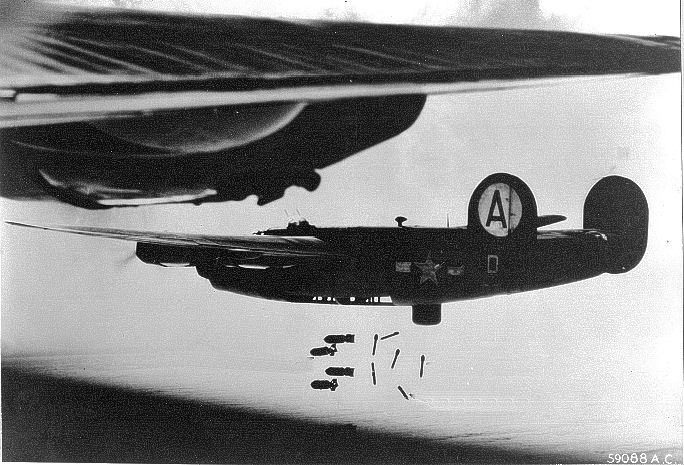
Our time at Snetterton Heath was the most quiet of our three base location visits, and in retrospect perhaps the most appropriate. While the friendship of the wonderful people at the 100th, and the magnificent spirit of our hosts at the 95th, had been appropriate to the memory of the 8th Air Force in England during WWII, the ultimate emotion that we all needed to share was respect for the sacrifices and suffering that so many of the Eighth’s airmen, and their families, had endured during and after WWII.
Having been a life-long student of the air war in Europe, brought about by the loss of an uncle in the sky over Normandy during the dark hours of D-Day morning, I found the days that I shared with my fellow WWII Museum travelers on this tour to be a once-in-a-lifetime experience.
History, by definition, refers to the past. What we experienced in the three visits to the WWII Bomb Group sites related to events from the past which had been brought to the present by some very good people who have not forgotten their history.
